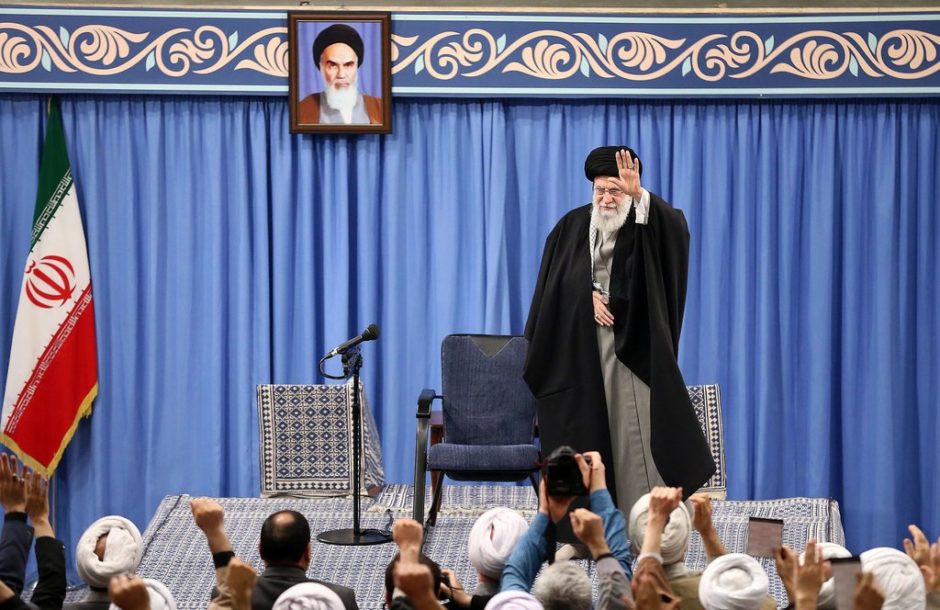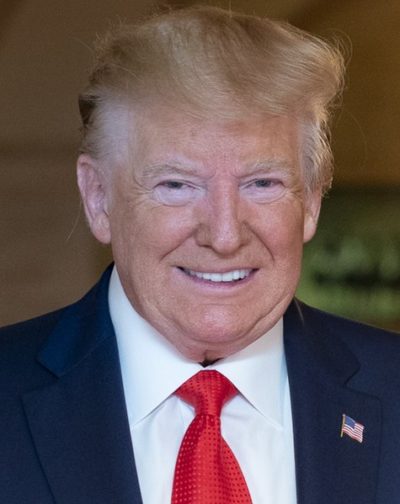
On the eve of his impeachment trial in the U.S. Senate, President Donald Trump has come under fire for having claimed that the assassination of Quds Force commander Qassem Soleimani was necessary because Iran posed an “imminent threat” to U.S. interests in the Middle East. Trump, in particular, claimed that Iran had targeted four U.S. embassies.
Trump’s critics in the Democratic Party have suggested that he was playing fast and loose with the truth. Their critique gained traction when U.S. Defence Secretary Mark Esper admitted he had not seen evidence that such a plan was actually in the works.
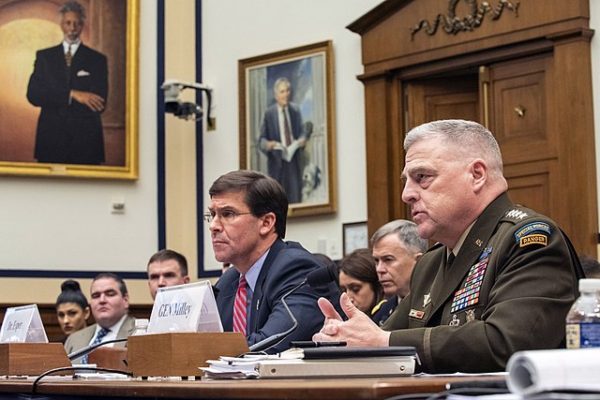
In their rush to lambaste Trump, Democrats overlooked his related comments on Soleimani, the architect of Iran’s efforts to increase its hegemonic influence in the Middle East, especially in Iraq, Syria, Lebanon, the Gaza Strip and Yemen.
Trump correctly reminded his accusers that Soleimani was killed not so much because he was plotting further attacks against U.S. facilities and allies in the Middle East, but because he had amassed such a terrible track record since his appointment in 1998 as head of the Quds Force, the long, aggressive arm of the Islamic Revolutionary Guards Corps.
Whether such Iranian operations were “imminent” is besides the point, said Trump, pointing to Soleimani’s “horrible past.” Given his malign activities, Soleimani should have been taken out 20 years ago, he added.
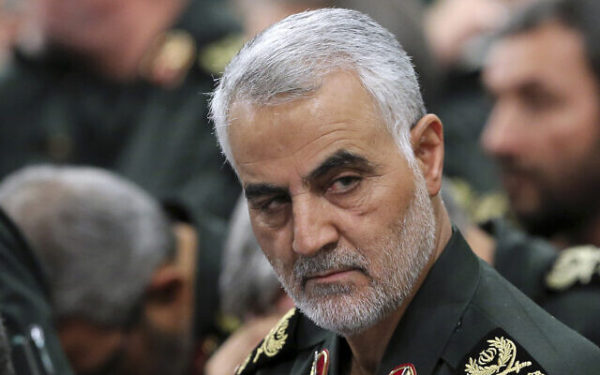
Trump’s argument is valid.
Lest we forget, Soleimani left a trail of death and destruction in the region and was planning more carnage.
Soleimani, who was close to Iran’s supreme leader Ayatollah Ali Khamenei, was the sharp spearhead of a concerted Iranian campaign to spread its tentacles into the furthest corners of the Middle East.

Iran, the region’s preeminent Shi’a power, is intent on achieving three interrelated objectives — exporting its Islamic fundamentalist revolution to neighboring Arab states, driving American forces out of the Middle East, and creating the conditions to destroy Israel.
To some degree, he was well on his way toward attaining some, if not all, of these deadly goals.
In neighboring Iraq, a mainly Shi’a nation, Soleimani was instrumental in whipping up anti-American fervor so that Iran could replace the United States as the major foreign power on Iraqi soil. In the wake of the U.S. invasion of Iraq in 2003, he played a pivotal role in orchestrating the armed uprising against the American presence, killing some 600 U.S. troops in roadside bombings and other assaults. More recently, he was involved in the bombardment of U.S. bases in Iraq and the short-lived siege of the American embassy in Baghdad.
Soleimani was tireless in cultivating Iraqi politicians and building relationships with Iraqi militias, all of which were hostile to the United States. After he was killed, Iraq’s parliament, in a non-binding resolution, voted to expel U.S. forces from Iraq. If the Americans are forced to leave, Iran will virtually enjoy free reign in Iraq, which could well be reduced to an Iranian satellite state.
In Syria, Soleimani commanded Iranian and foreign Shi’a fighters propping up the dictatorial Baathist regime of President Bashar al-Assad, who is trying to crush a nation-wide rebellion that has morphed into a full-fledged civil war. And in keeping with Iran’s confrontational policy toward Israel, Soleimani attempted to establish a new military front against Israel on the Syrian side of the Golan Heights. As a result of Iran’s aggression, the Israeli Air Force has launched hundreds of raids against Iranian — and Syrian — bases in Syria. Yesterday, Israeli aircraft bombed the T-4 base near Homs, a base Israel has attacked several times already.
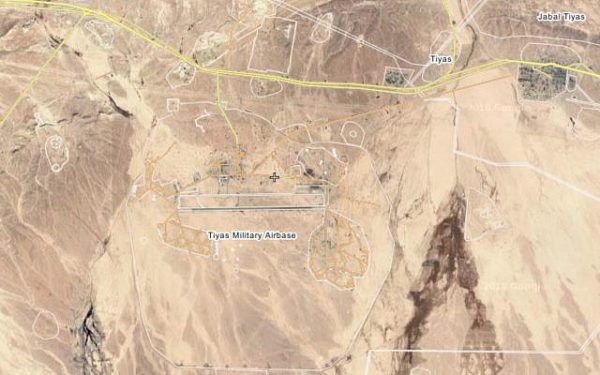
In Lebanon, Soleimani worked hand-in-glove with Hezbollah, which fought a war with Israel in 2006 and which the United States has branded as a terrorist organization. Soleimani supervised the shipment of Iranian weapons and munitions to Hezbollah via Syria. Prior to Israel’s unilateral withdrawal from southern Lebanon in May 2000, he assisted Hezbollah in its guerrilla war against the Israeli army.
Soleimani was an important figure in Iran’s campaign to build influence in Gaza — which has been controlled by Hamas for the past 13 years — and to increase the range of Hamas’ arsenal of rockets, which have been used to bomb Israeli border communities.
And in Yemen, Soleimani championed the cause of the Houthi rebels, who are locked in a military struggle with the central government and its pro-American ally, Saudi Arabia.
In short, Soleimani was not, as Trump sarcastically noted in one of his recent tweets, “a wonderful guy.”
He was a destructive and destabilizing force who had blood on his hands and needed to be permanently removed from the scene.
In the larger scheme of things, it made no difference whether he planning an “imminent” attack, or whether he was biding his time to launch still more attacks in the months or years ahead.
More importantly, there was an urgent need for the United States to reestablish a deterrent posture toward Iran, which shot down a U.S. drone over the Persian Gulf last summer. With Soleimani’s demise, Washington is now one step closer to achieving this strategic objective.
